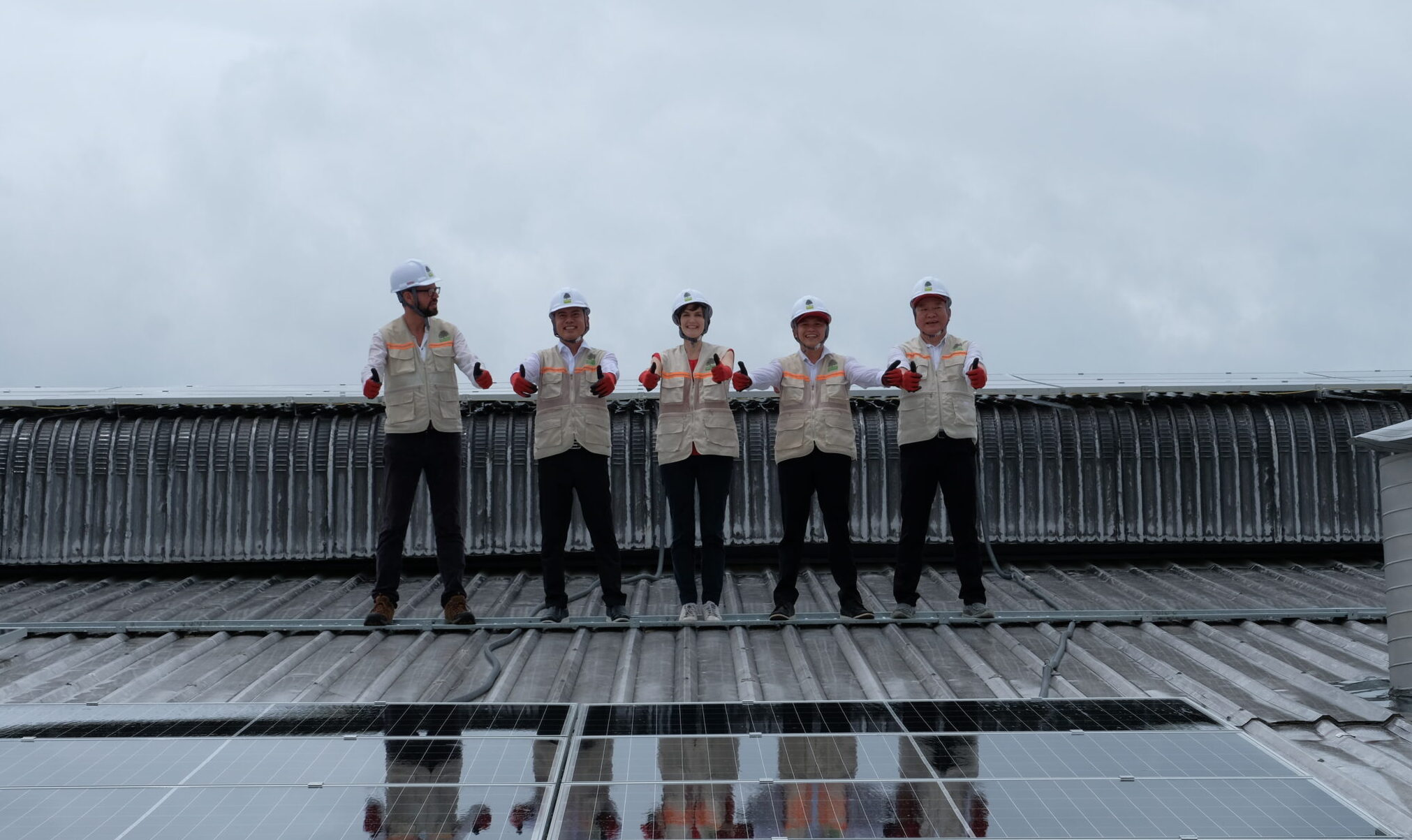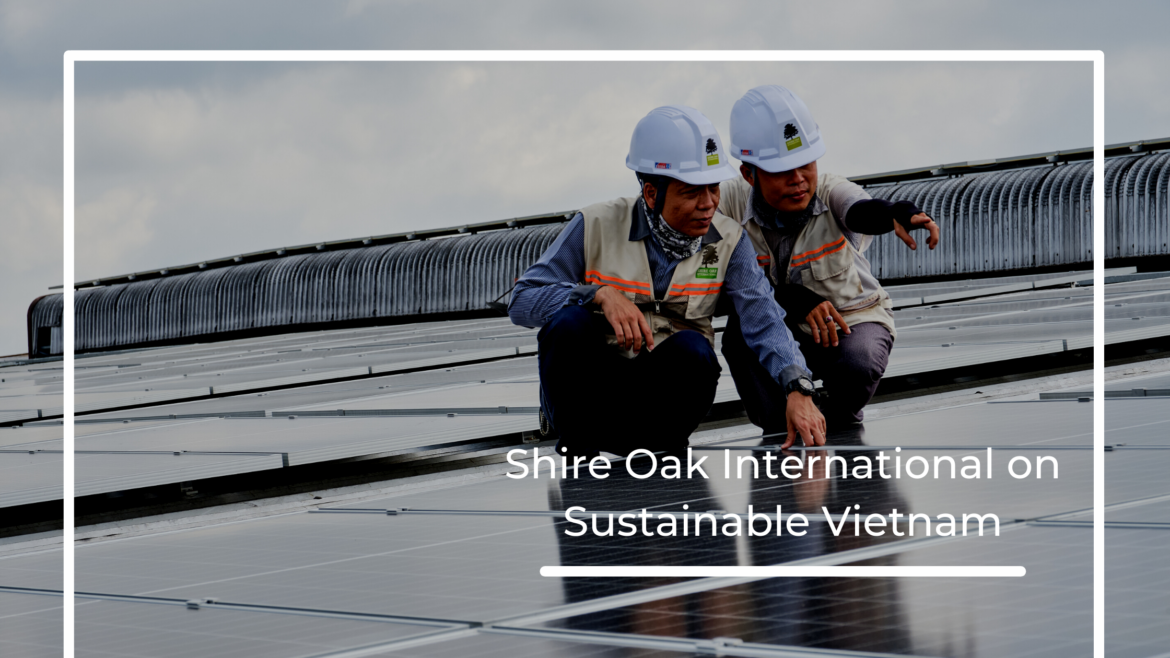By Clothilde Deneve, Sales Director, Shire Oak International –
Renewable energy has become a very hot topic over the last few years; and solar and wind capacity installations have increased exponentially in the last decade. This has enabled renewable sources of energy to substitute fossil fuels in the global energy mix.
But many people remain skeptical regarding the fact the renewable energy can completely replace fossil fuels in the future, raising two main concerns:
Is it technically possible, and is it economically viable?
Fossil Fuels
Let’s start and go back to basics. Fossil fuels are made from decomposing plants and animals. These fuels, such as coal, oil or natural gas are found in the Earth’s crust and contain carbon and hydrogen, which can be burned into energy.
They are limited, because they took millions of years to be generated, and we are using them a lot faster than the time needed to re-generate them. Based on BP’s Statistical Review of World Energy 2016, we have about 115 years of coal production, and roughly 50 years of both oil and natural gas remaining (based on the current known sources of supply).
It is easy to imagine the economic and geopolitical problems that will come with the penury of these sources in the future if we keep relying on them so much.
But if these numbers are alarming, that is not even the main issue.
World Energy Resources
Fossil fuels are carbon intensive, especially coal and oil, and therefore they contribute to climate change. If the world burned all of its currently known reserves, we would emit a total of nearly 750 billion tons of carbon.
To have an 80% chance to succeed in keeping average global temperature increases below two degrees Celsius as agreed in the Paris Agreement, we would need restrict carbon limits, and would have to leave 75-80 percent of these fossil fuels reserves untouched.
In 2019, fossil fuels still supplied 84% of the world’s energy, against only 5% for renewable energy (BP’s Statistical Review of World Energy 2019), so even if the matter is pressing, we still have a long way to go.
The good news, the think tank Carbon Tracker April 2021 report, shows that solar and wind can supply enough power for over 100 times more the current world’s energy demand!
According to the report, the world has the potential to capture more than 5800PWh annually only with solar, and 900PWh a year with wind.
In comparison (and to put these abstract numbers in perspective) the world energy consumption in 2019, electricity, transport and heat included, was 65 PWh!
The New Energy Model
This is not the only proof that renewables can easily cover our energy demand but this also shows that we only need 1% of the renewables resources to do so.
In concrete terms, only 0.3% of world’s land would need to be installed with solar panel to meet global demand, which is less than the area occupied by fossil fuels.
The opportunities are different for each area of the world as solar and wind potential vary. The study classifies countries in 4 categories:
- Superabundant – with potential at least 1,000 times greater than demand (sub-Saharan Africa)
- Abundant – with potential at least 100 times greater than demand (countries like Chile, Australia and Morocco). Vietnam falls under this category.
- Replete – with potential at least 10 times greater than demand (countries like India, China and USA, which can satisfy their domestic needs)
- Stretched – with potentially less than 10 times demand (countries like Japan, Korea and Europe, who face tough political choices).
The 2 first categories (Vietnam included) will have the potential to become renewable power provider for the rest of the world, especially for the countries falling into the “stretched” category. This could transform geopolitics and free most of the countries from energy import.
The real question is not “if” but “when”.
Growth and Pricing
Over the last decade the average annual growth rate of solar capacity installed was 39% and 17% for wind. This incredible growth rate has been driven partly by an increase in governments and public awareness in environmental issues but also, and mainly, the big decrease in cost.
According to BNEF, the cost of energy globally for onshore wind and utility-scale solar is now $44 and $50/MWh, compared to $100 and $300/MWh only a decade ago. This has not only allowed solar and wind to become economical but also to become the cheapest sources of power in two thirds of the world.
In 2020, for the first time, clean energy companies raised more money than fossil fuels companies through public offerings showing that financial markets are seeing the opportunity!
Fast Forward
Carbon Tracker also mentions in its report that a conservative growth rate of 15% would see solar and wind generate all global electricity by the mid-2030s and provide all energy (transport and heat included) by 2050.
The International Renewable Energy Agency (IEA) projects that this transition will create more than 40 million jobs worldwide by then, almost doubling the number of jobs in the energy sector today.
Renewables sources of power also offer a fantastic opportunity for countries to free themselves from expensive imported fossil fuels.
Emerging markets, with increasing demand for energy, find quick and cheap access in green power as solar and wind farms are implemented quicker than traditional power stations. In addition, this type of energy can be accessed in the most remote areas allowing new demographic of people to access energy not usually able to reach traditional energy sources.
Opening Barriers
Renewables sources of power are intermittent therefore energy generation and energy demand need to be managed. Grids are design to do so but investments for higher flexibility and good storage systems to update outdated models will be needed as renewable take over fossil fuels in the global energy mix. This where regulations and government decisions will be critical: deciding where to invest and giving private sectors the possibility to rapidly help develop the market.
The incredible growth of the renewable energy market in Vietnam is the perfect example that when regulations are going into the right direction and authorities are sending clear and long-term oriented messages, renewable energy flourishes and replaces fossil fuels. The main challenge for renewable energy globally is that it is beset by frequent governmental U-turns and disagreements between agencies, making politics the only real barrier to the energy transition.

Shire Oak CEO Mark Shorrock and Emily Hamblin, the UK Consul General Designate in Ho Chi Minh City, Vietnam, visiting the solar panels at a factory.
To read all the published articles, head to –
- Shire Oak International on Sustainable Vietnam: How Sustainable is Solar?
- Shire Oak International on Sustainable Vietnam: Towards Net Zero
- Shire Oak International on Sustainable Vietnam: Renewable Energy in Vietnam
- Shire Oak International on Sustainable Vietnam: Recycling Solar Panels
All views and opinions expressed on this site are those of the individual authors and comments on this site are the sole responsibility of the individual contributor.

